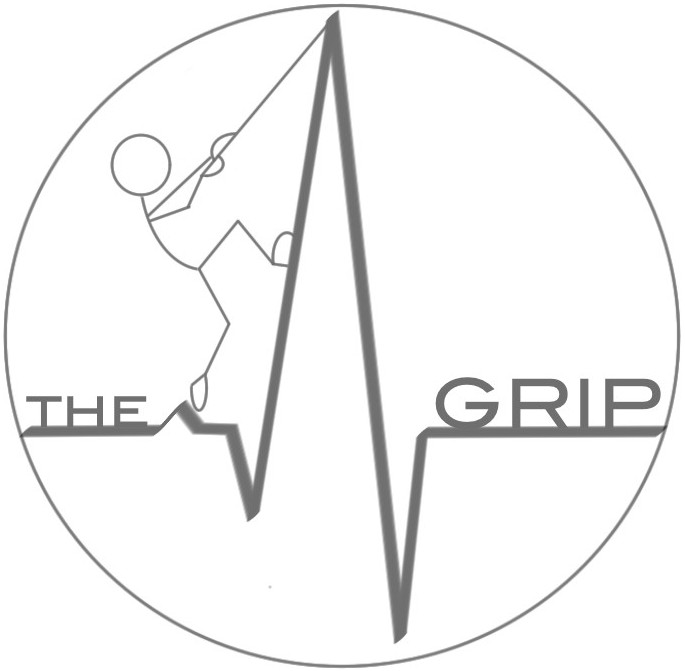Effects of positive end-expiratory pressure on lung ultrasound patterns and their correlation with intracranial pressure in mechanically ventilated brain injured patients, Crit Care 2022
How to use lung ultrasound score and its variation with PEEP titration to predict the impact of higher PEEP on ICP in brain injured patients. A collaboration with Dr Robba.
Full text here on Critical Care
Abstract
Background: The effects of positive end-expiratory pressure (PEEP) on lung ultrasound (LUS) patterns, and their rela- tionship with intracranial pressure (ICP) in brain injured patients have not been completely clarified. The primary aim of this study was to assess the effect of two levels of PEEP (5 and 15 cmH2O) on global (LUStot) and regional (anterior, lateral, and posterior areas) LUS scores and their correlation with changes of invasive ICP. Secondary aims included: the evaluation of the effect of PEEP on respiratory mechanics, arterial partial pressure of carbon dioxide (PaCO2) and hemodynamics; the correlation between changes in ICP and LUS as well as respiratory parameters; the identification of factors at baseline as potential predictors of ICP response to higher PEEP.
Methods: Prospective, observational study including adult mechanically ventilated patients with acute brain injury requiring invasive ICP. Total and regional LUS scores, ICP, respiratory mechanics, and arterial blood gases values were analyzed at PEEP 5 and 15 cmH2O.
Results: Thirty patients were included; 19 of them (63.3%) were male, with median age of 65 years [interquartile range (IQR) = 66.7–76.0]. PEEP from 5 to 15 cmH2O reduced LUS score in the posterior regions (LUSp, median value from 7 [5–8] to 4.5 [3.7–6], p = 0.002). Changes in ICP were significantly correlated with changes in LUStot (rho = 0.631, p = 0.0002), LUSp (rho = 0.663, p < 0.0001), respiratory system compliance (rho = − 0.599, p < 0.0001), mean arterial pressure (rho = − 0.833, p < 0.0001) and PaCO2 (rho = 0.819, p < 0.0001). Baseline LUStot score predicted the increase of ICP with PEEP.
Conclusions: LUS-together with the evaluation of respiratory and clinical variables-can assist the clinicians in the bedside assessment and prediction of the effect of PEEP on ICP in patients with acute brain injury.
